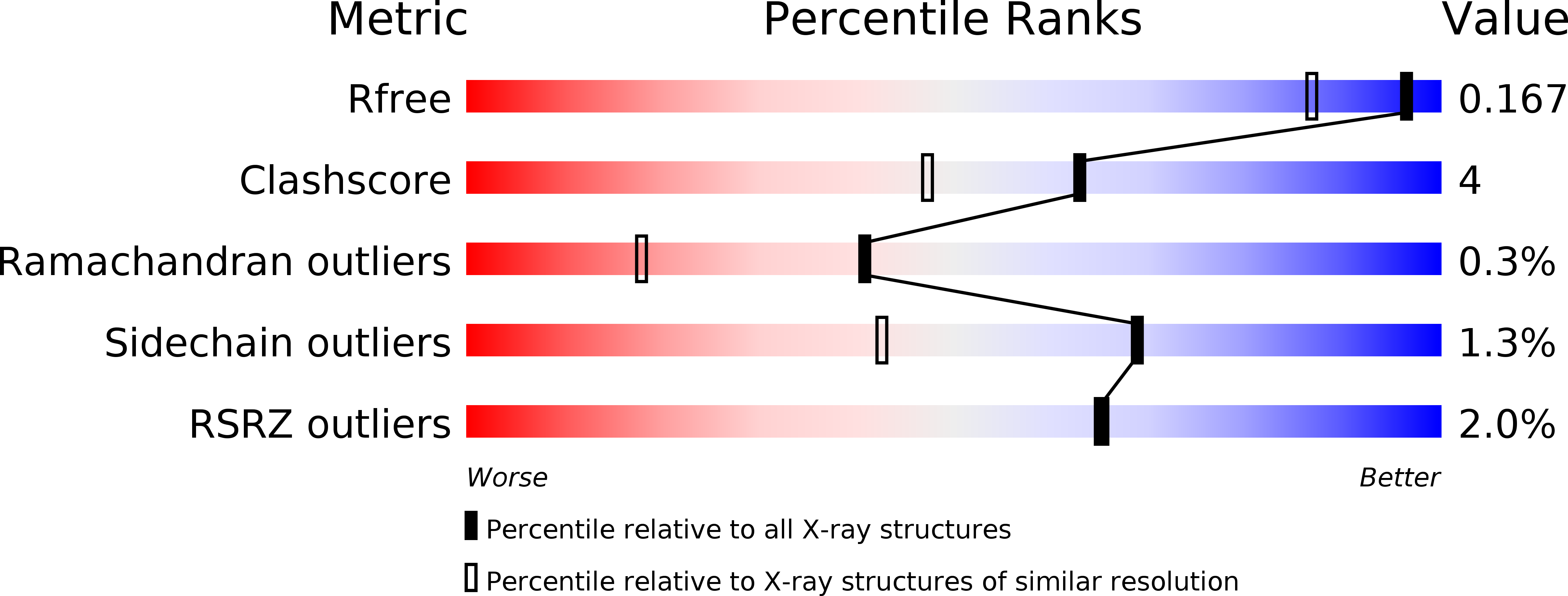
Deposition Date
2009-01-21
Release Date
2009-01-27
Last Version Date
2024-05-08
Entry Detail
PDB ID:
2W91
Keywords:
Title:
Structure of a Streptococcus pneumoniae family 85 glycoside hydrolase, Endo-D.
Biological Source:
Source Organism:
STREPTOCOCCUS PNEUMONIAE (Taxon ID: 170187)
Host Organism:
Method Details:
Experimental Method:
Resolution:
1.40 Å
R-Value Free:
0.16
R-Value Work:
0.12
R-Value Observed:
0.12
Space Group:
C 1 2 1


